According to scientists , on average each adult inhales about 3,000 liters of air per day. If the air is contaminated, the human body absorbs those substances every hour.
However, polluted air is invisible to the naked eye. Air quality control requires advanced monitoring technologies, often automated monitoring stations, which are expensive to invest in.
The monitoring system that Vietnam mainly uses can only detect a few gases such as NO 2 , SO 2 , CO, PM2.5... Very toxic heavy metals such as lead, arsenic, mercury, cadmium,... cannot usually be measured without specialized sensors. In addition, a team of experts is needed to regularly calibrate the sensors; the equipment must be repaired regularly due to outdoor installation...
One of the well-regarded low-cost solutions is the use of biological indicators, specifically mosses that grow naturally everywhere.
Professor, Dr. Le Hong Khiem, former Director of the Institute of Physics, member of the Scientific Council of the Joint Institute for Nuclear Research Dubna (Russian Federation) said that moss has been studied and used by scientists in Europe to monitor air quality since the late 1970s. The solution of using moss to monitor air quality has been applied by many countries. In Paris (France), moss walls are built to "filter" the air in the city.
The problem for Vietnamese scientists is to find a suitable monitoring method that is low cost, easy to apply and can be deployed simultaneously in many provinces and cities. The research project "Using natural moss to monitor air pollution in Vietnam" by Professor, Dr. Le Hong Khiem and his colleagues has been carried out for many years to solve this problem.
This is the first group in Vietnam to research the use of biological indicators using moss growing naturally in provinces and cities (Barbula Indica moss) to monitor air pollution. Moss is a low-level plant, its roots are "false roots", do not absorb nutrients from the soil but mainly absorb substances from the air. Its porous structure, without a protective epidermis, makes the surface of moss like a "living filter", retaining pollutants in the air that people breathe every day.
Since 2016, Mr. Khiem has started taking samples in areas with many industrial parks and high population density such as: Hanoi , Hai Phong, Bac Ninh, Hung Yen, Lam Dong.
The research process begins with the collection of live moss from the wild, the moss sample is then cleaned, dried and brought to the laboratory using nuclear techniques to analyze the content of polluting elements in the moss. Using neutron activation analysis, the content of toxic elements will be accurately determined. The analysis results are processed using mapping software (GIS) and statistical mathematical models to determine the level of pollution as well as indicate the sources of pollution emissions.
For places where there is no natural moss, the group applies the “moss bag” method, taking clean moss from high mountains, putting it in mesh bags and hanging it at locations that need to be monitored for pollution for one to several months. The hanging moss will absorb pollutants in the air, then be collected and analyzed like samples of living moss in the wild. This method is very suitable for urban areas and industrial zones, where the density of concrete is high and it is impossible to collect living moss.
From the analysis results, the team builds maps reflecting the pollution level of each locality and indicating the emission sources (such as from traffic, industry, coal burning, biomass burning, etc.). Management agencies will rely on this data to come up with optimal solutions to control and limit emission sources.
The research results of Professor, Dr. Le Hong Khiem and colleagues have been published in many prestigious international scientific journals and are highly appreciated.
In the latest study, the team analyzed 29 elements in moss samples collected in Lam Dong and 40 elements in moss samples collected in Hai Phong , indicating 6 main sources of pollution. Maps of the pollution levels of each toxin in the air in Lam Dong and Hai Phong were established.
The research team also estimated the economic efficiency. For example, in Hanoi, if 30 monitoring stations are used throughout the city, it will cost about 51 billion VND per year, while the cost of monitoring using moss will only cost about 1 billion VND.
Professor, Dr. Le Hong Khiem emphasized that the group is ready to transfer technology and cooperate with localities to conduct annual monitoring to provide air pollution data to managers.
Source: https://nhandan.vn/cam-bien-song-canh-bao-o-nhiem-khong-khi-post871850.html


![[Photo] Nearly 3,000 students moved by stories about soldiers](https://vphoto.vietnam.vn/thumb/1200x675/vietnam/resource/IMAGE/2025/5/17/21da57c8241e42438b423eaa37215e0e)










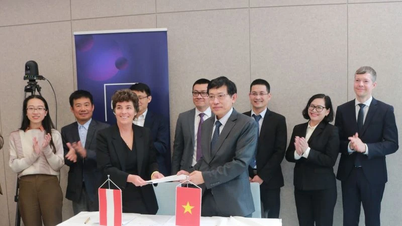


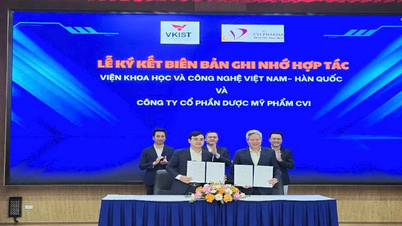




![[Photo] Nearly 3,000 students moved by stories about soldiers](https://vphoto.vietnam.vn/thumb/402x226/vietnam/resource/IMAGE/2025/5/17/21da57c8241e42438b423eaa37215e0e)



![[Video] Mekong Delta attracts tourists with many unique destinations](https://vphoto.vietnam.vn/thumb/402x226/vietnam/resource/IMAGE/2025/5/17/59630b2596bf44419c0f9ef12b8a47a5)
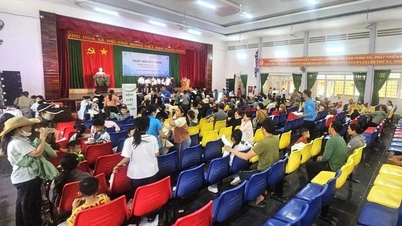

















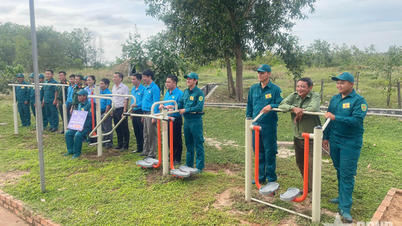


















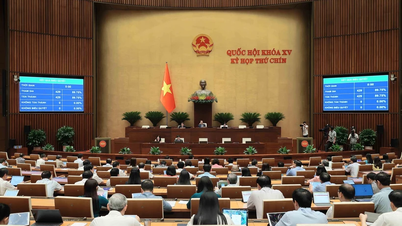









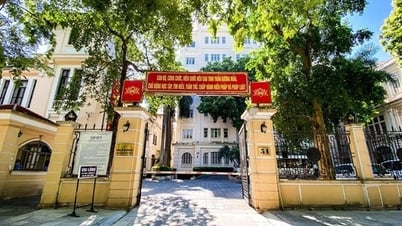




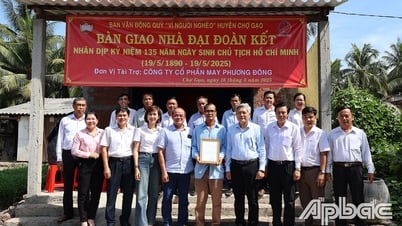


















Comment (0)